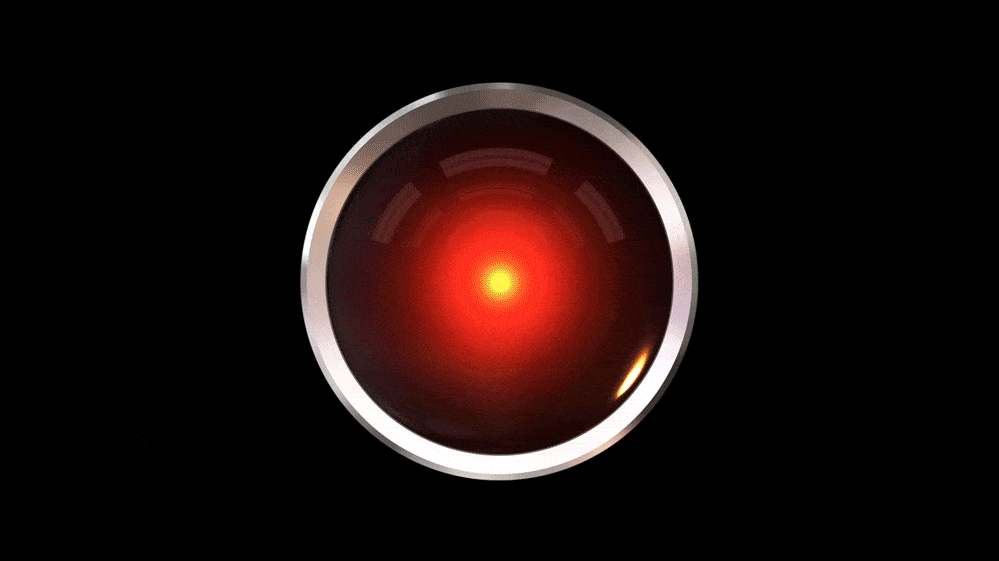Earlier this morning, Donald Trump presented his administration’s “AI Action Plan”—a 23-page document outlining the president’s goal of global leadership in artificial intelligence and providing a strategy for the United States to achieve it. The main point is that AI companies like OpenAI and Nvidia should be permitted to operate at maximum speed. As White House officials Michael Kratsios, David Sacks, and Marco Rubio stated in the plan’s introduction, “In short, we need to ‘Build, Baby, Build!'”
The strategy is the immediate outcome of anexecutive order, signed by Trump during the first week of his second term, which instructed the federal government to develop a strategy to “strengthen America’s global leadership in AI.” For several months, the Trump administration gathered feedback from AI companies, non-profit organizations, and regular people. OpenAI, Anthropic, Meta, Google, and Microsoft provided detailed suggestions.
The White House is clearly relying on the private sector, which has strong connections to the Trump administration. On his second day in office, Trump, along with OpenAI CEO Sam Altman, Oracle CEO Larry Ellison, and SoftBank CEO Masayoshi Son, announced theStargate ProjectA private initiative seeking to develop billions of dollars in AI infrastructure within the United States. High-level technology executives have made multiple trips to the White House and Mar-a-Lago, with Trump expressing appreciation in return. Kratsios, who provides guidance to the president on science and technology, previously worked at Scale AI and, prior to that, at Peter Thiel’s investment company. Sacks, the White House official overseeing AI and cryptocurrency, was an early investor in Facebook, Palantir, and SpaceX. During today’s address on the AI Action Plan, Trump praised several tech leaders and attributed the AI surge to “the brilliance and innovation of Silicon Valley.”
Sometimes, the action plan seems like promotion from the technology sector. It claims that AI will bring about “an industrial revolution, an information revolution, and a renaissance—at the same time.” And certainly, many companies were pleased: “Great job,” said Kevin Weil, OpenAI’s chief product officer,wroteon X of the AI Action Plan. “Thank you President Trump,”wroteCollin McCune, who leads government affairs at the venture-capital company Andreessen Horowitz, stated, “The White House AI Action Plan correctly addresses infrastructure, federal implementation, and safety collaboration,” Anthropicwroteon its X account. “It embodies numerous policy goals central to Anthropic.” (The Atlanticand OpenAI have a business collaboration.)
In a way, the action plan is a gamble. Artificial intelligence is already transforming various industries, includingsoftware engineering, and a variety ofscientific disciplines. If AI leads to remarkable prosperity and groundbreaking scientific advancements, the AI Action Plan could help America achieve these goals more quickly by eliminating any obstacles and regulations, no matter how reasonable, that might hinder companies. However, if the technology turns out to be a bubble—where AI products are still prone to errors, extremely costly to develop, and untested in many business scenarios—the Trump administration is accelerating our move toward a downturn. In either case, the country is now in the hands of Silicon Valley.
[Read: The technology sector’s boom is coming to an end]
The strategy includes three main “foundations”: boosting AI innovation, expanding AI infrastructure, and supporting American AI. To achieve these objectives, the administration plans to reduce federal and state regulations related to AI development, while also simplifying and making more cost-effective the construction of data centers and energy facilities. Trump also issued executive orders to speed up the approval process for AI projects and to promote the export of American AI products overseas.
The White House has outlined broad strategies for eliminating what it calls “burdensome regulations” and “bureaucratic hurdles.” For example, the AI Action Plan suggests that the federal government examine Federal Trade Commission actions or orders from the Biden administration that “unfairly hinder AI development,” possibly alluding to investigations into potential issues.monopolistic AI investments and deceptiveAI marketing. The document also recommends that federal agencies cut AI-related funding for states with regulatory frameworks considered unwelcoming to AI. (For example, a state could lose financial support if it has a law requiring AI companies to allow thorough third-party evaluations of their technology.) Regarding the potential environmental impacts of AI development—the data centers that chatbots rely on use massive amounts ofwater and electricity—The AI Action Plan dismisses them. The roadmap proposes simplifying or cutting several environmental regulations, like those in the Clean Air Act and Clean Water Act—which would involve assessing pollution from AI infrastructure—to speed up development.
Once the bureaucratic hurdles are removed, the Trump administration aims to establish a “dynamic, ‘try-first’ culture for AI throughout American industry.” In other words, develop and test AI products first, andthenassess whether these products are truly beneficial—or if they present any dangers. The plan details policies aimed at promoting the use of AI in both private and public sectors across various areas: scientific research, healthcare, agriculture, and essentially all government services. Specifically, the plan emphasizes, “the United States needs to rapidly implement AI within its military forces if it is to keep its position as a leading global military power”—consistent with how almost every major AI company has started creating military applications in the past year. Earlier this month, the Pentagonannouncedcontracts valued at as much as $200 million each with OpenAI, Google, Anthropic, and xAI.
All of this fits well with the larger AI industry’s objectives. Businesses aim to develop more energy infrastructure and data centers, implement AI more extensively, and accelerate technological advancements. Several of OpenAI’srecommendationsThe AI Action Plan—featuring “categorical exclusions” from environmental policies for AI infrastructure development, restrictions on state regulations, extensive federal acquisition of AI, and “sandboxes” allowing startups to freely experiment with AI—strongly aligns with the final document. Additionally, this week, Anthropic released a policydocumenttitled “Building AI in America” with highly comparable recommendations for developing AI infrastructure, such as “reducing bureaucratic hurdles” and collaborating with the private sector. Permitting changes and increased funding for energy resources, key components of the final plan, were also the main requests from Google and Microsoft. The regulations and safety issues outlined in the AI Action Plan, although significant, align with initiatives that AI companies are already working on; there is nothing here that would significantly hinder Silicon Valley.
Trump pointed to additional concessions for the AI industry in his speech. He focused on intellectual-property laws, stating that training AI models using copyrighted books and articles does not violate copyright since chatbots, like humans, are merely learning from the material. This has been a significant point of contention in recent years, with more than40 related lawsuitssued AI companies since 2022.The Atlanticis taking legal action against the AI company Cohere, for instance.) If courts were to rule that using copyrighted material to train AI models is illegal, it would be a significant obstacle for AI companies. In their official suggestions for the AI Action Plan, OpenAI, Microsoft, and Google all called for a copyright exception, referred to as “fair use,” for AI training. According to his comments, Trump seems to strongly support this view, even though the AI Action Plan does not specifically mention copyright and AI training.
[Read: Judges are unaware of the implications of AI’s book theft]
Also interwoven throughout the AI Action Plan are indications of certain MAGA priorities. Notably, the policy mentions that the government will only contract with AI companies whose models are “free from top-down ideological bias”—a nod to Sacks’s campaign against “woke” AI—and that a federal AI-risk-management framework should “eliminate references to misinformation, Diversity, Equity, and Inclusion, and climate change.” Trump signed a third executive order today that, in his words, will remove “woke, Marxist lunacy” from AI models. The plan also states that the U.S. “must prevent the premature shutdown of critical power generation resources,” likely a subtle hint at Trump’s suggestion thatcoalis an effective method for powering data centers.
Hovering above the White House’s approach to artificial intelligence is the concern of Chinese technology surpassing U.S. efforts. The AI Action Plan consistently highlights the need to remain ahead of Chinese AI companies, a point also emphasized in the president’s address: “We will not let any foreign country outpace us; our country will not exist on a world governed by the algorithms of our rivals,” Trump stated. The fear is that cutting-edge AI systems could grant China economic, military, and diplomatic superiority across the globe—afearthat OpenAI, Anthropic, Meta, and a number of other artificial intelligence companies have contributed to.
But no matter what occurs on the global level, hundreds of millions of Americans will increasingly experience the impact of generative AI—on wages and education, air pollution and power bills, government services and medical facilities. AI firms have received a significant portion of what they wanted; if anything, the sector is being encouraged to accelerate its pace.enough. Silicon Valley has received approval to move forward quickly, and we’re all going along for the journey.







